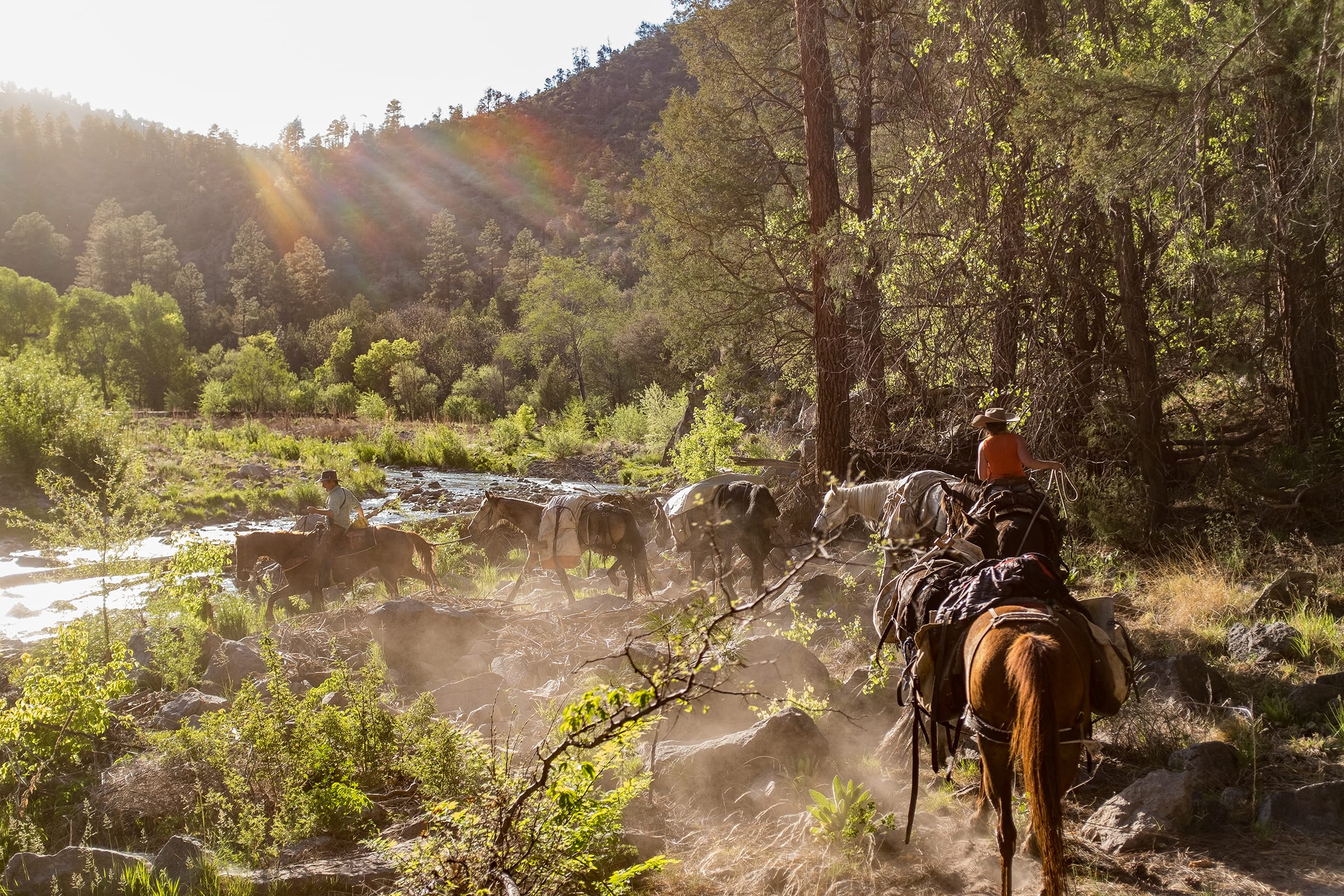The 2001 Roadless Area Conservation Rule provides critical protections for 45 million acres of National Forest lands across the United States. For more than 20 years, the Roadless Rule has conserved backcountry public lands and waters while providing flexibility for the Forest Service to steward these high-value landscapes through active management that improves forest health and allows for responsible natural resource development.
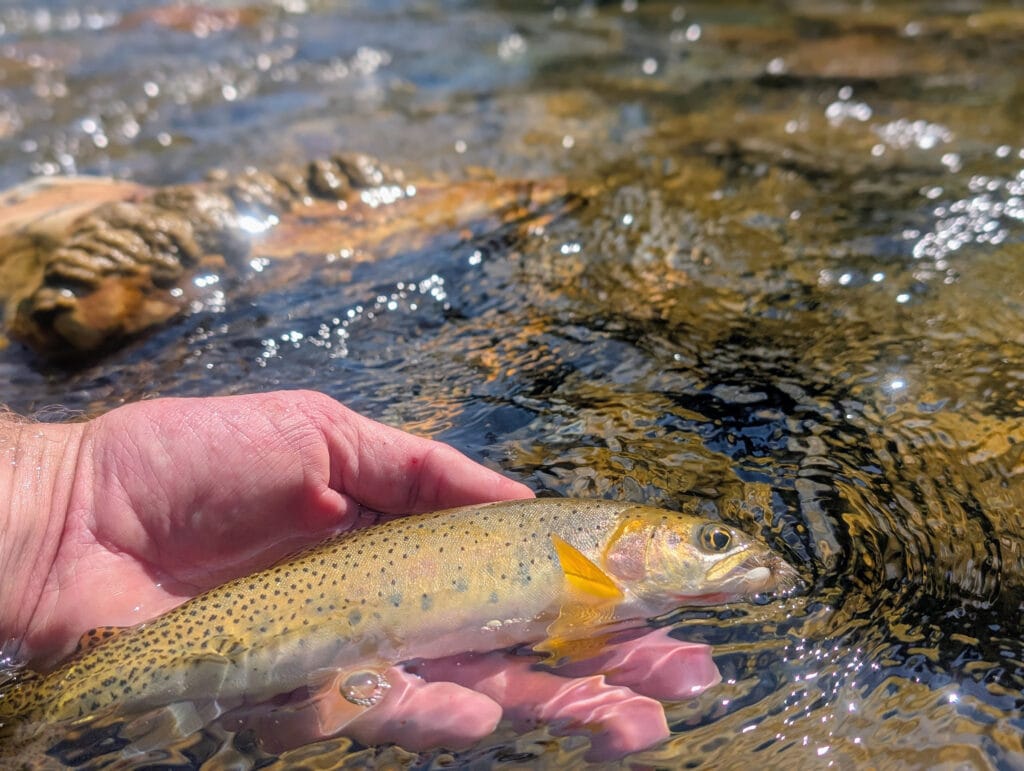
Protect Roadless Areas
The USDA has announced its intent to rescind protections for tens of millions of acres of public lands.
These public lands, known as roadless areas, sustain native trout and salmon, support wildlife with unfragmented corridors and offer irreplaceable backcountry hunting and angling experiences. Roadless areas are also multiple-use and allow for a wide range of recreational opportunities, management projects and resource extraction activities.
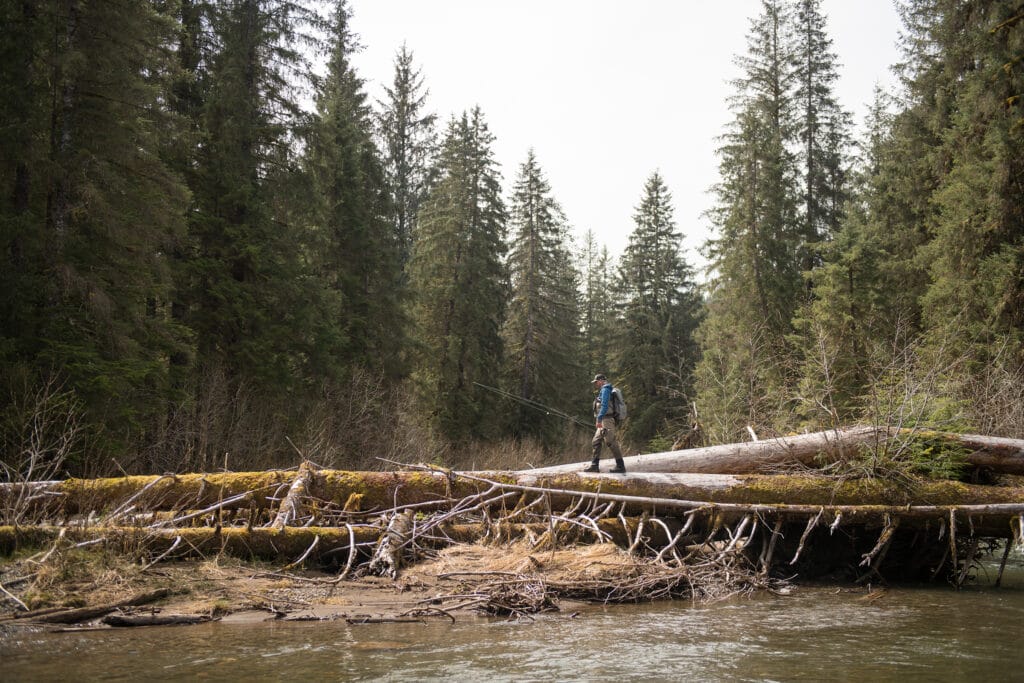
Here are some things you might not know are possible in Roadless Areas:
1. Fishing: Roadless areas are the spawning and rearing grounds for some of Alaska’s most robust salmon and steelhead runs and serve as the headwaters for the majority of Blue Ribbon trout streams in the West. In the Midwest and East, roadless areas also conserve important trout fisheries. For example, 64 percent of roadless areas in Michigan and 90 percent of roadless areas in New Hampshire provide habitat for native trout. Find a roadless area near you for some of the best intact fish habitat this country has to offer.
2. Hunting: These unroaded portions of our National Forests provide irreplaceable, connected habitat for wildlife and offer incredible backcountry hunting experiences. In fact, 79 percent of roadless areas in Utah are state-designated ‘crucial’ habitat for mule deer, 70 percent of Wyoming’s roadless areas provide spring, summer and fall range for elk, and 93 percent of Montana’s roadless areas are home to elk summer ranges.
3. Camping and firewood cutting: Often remote and away from crowded recreation hubs, roadless areas offer unique and tranquil places for camping and backpacking. Activities like firewood (and Christmas tree!) cutting for personal use are also allowed under the Roadless Rule. Further, there are many historic cabins and lookout towers available in roadless areas to rent through recreation.gov for your next backcountry adventure.
4. Hazardous fuels reduction: Nearly two million acres of inventoried roadless areas have had hazardous fuels treatments to reduce wildfire risk across 12 western states. That makes up 14 percent of National Forest lands in the region that have been treated for hazardous fuels.
5. Habitat improvement projects: Trout Unlimited and its partners have carried out hundreds of habitat improvement projects in roadless areas, demonstrating how conservation, industry and access can coexist. These restoration projects reduce wildfire and flood risk and enhance recreational value, while creating thousands of high-quality rural jobs.
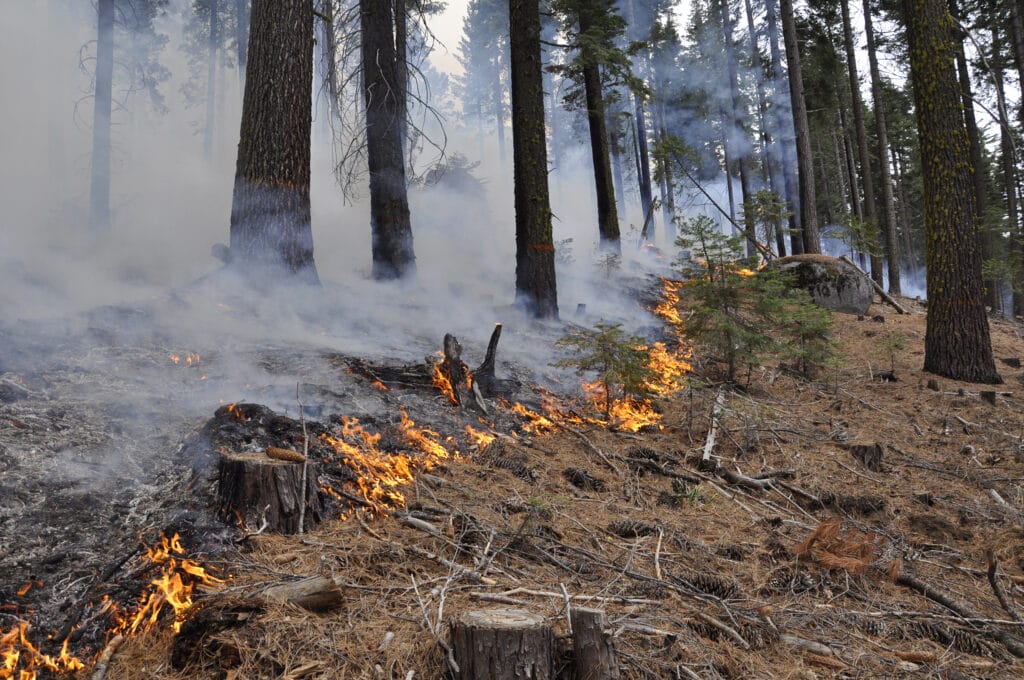
6. Livestock grazing: Grazing is a common practice in roadless areas. In fact, Utah, Montana, Arizona and Wyoming roadless areas contain 14.8 million acres of grazing allotments.
7. Off-highway vehicle (OHV) riding: Roadless areas provide a remote recreation experience for OHV users. 33 percent of mapped motorized trails on National Forest land across 12 western states are located within roadless areas, totaling over 9,000 miles of trails open to OHVs. That’s like riding from New York to LA three times!
8. Energy development: The Roadless Rule provides access for pre-existing oil and gas leases, and new oil and gas leases can be accessed through directional drilling. In Utah alone, there are 83,000 acres of oil and gas leases in roadless areas. Even transmission lines are allowed in roadless areas.
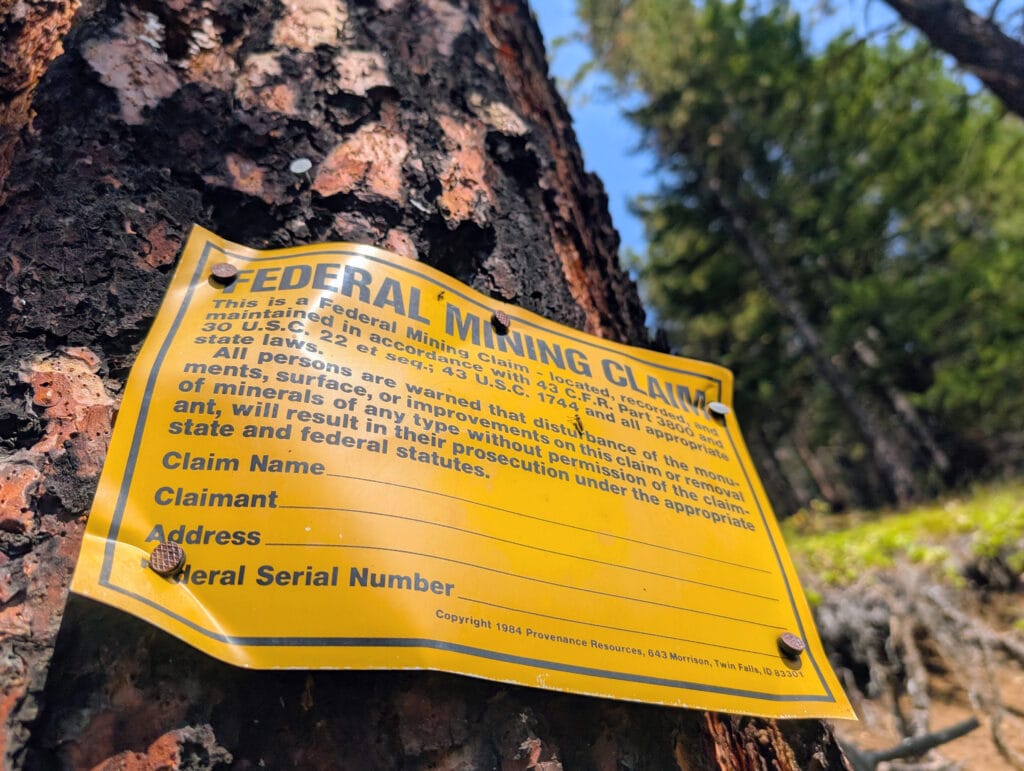
9. Hardrock mining: Development of hardrock mining claims and access for the exploration of locatable minerals is allowed pursuant to the General Mining Law of 1872.
10. Recreation activities: Roadless areas are great places to hike, mountain bike, ride horses, backcountry ski, paddle and forage. Recreationists from all walks of life can take advantage of the wide range of activities accessible under the Roadless Rule.
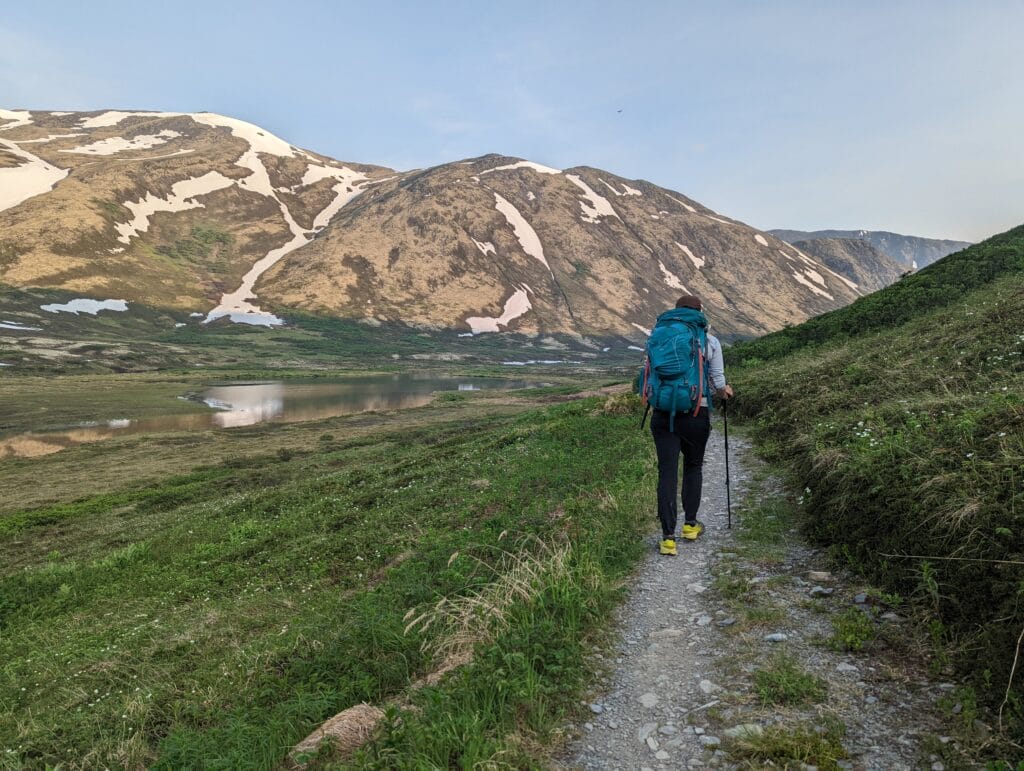
The Roadless Rule is currently being repealed by the U.S. Department of Agriculture (USDA). Without the rule, 45 million acres of our public lands will be open to harmful development, including road construction and industrial-scale logging in backcountry areas that will compromise fish and wildlife habitat and recreation opportunities.



